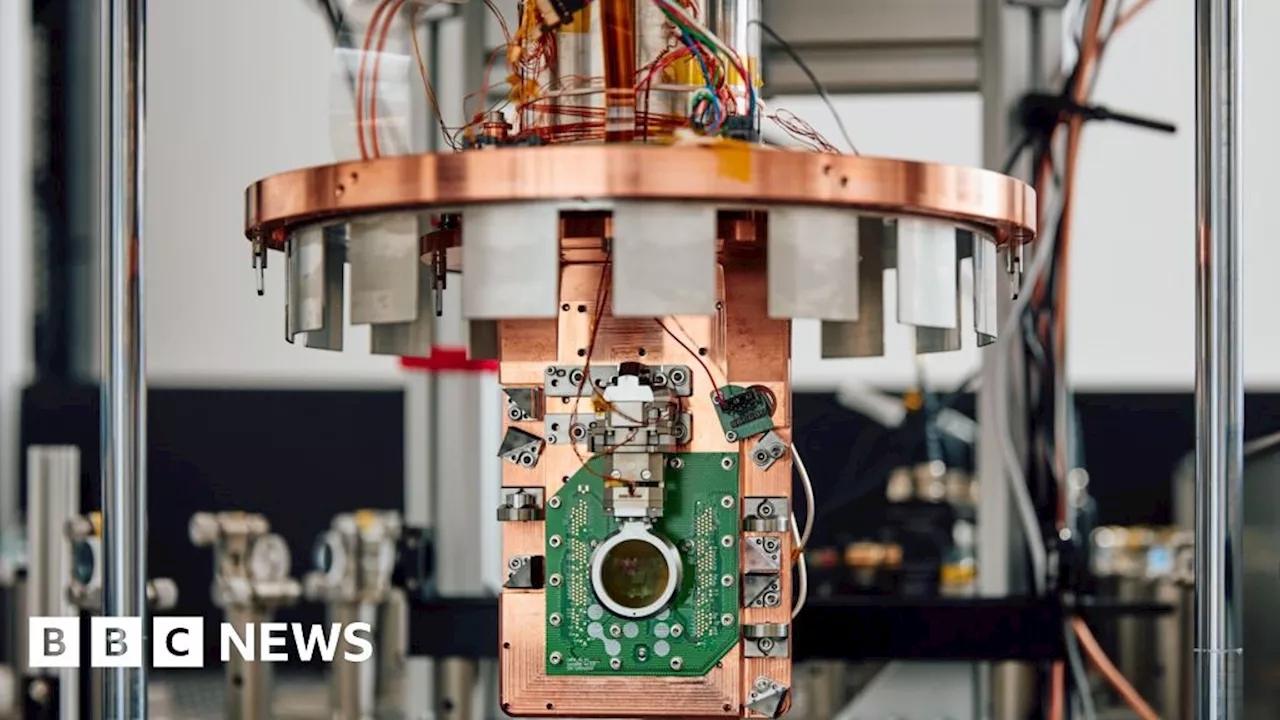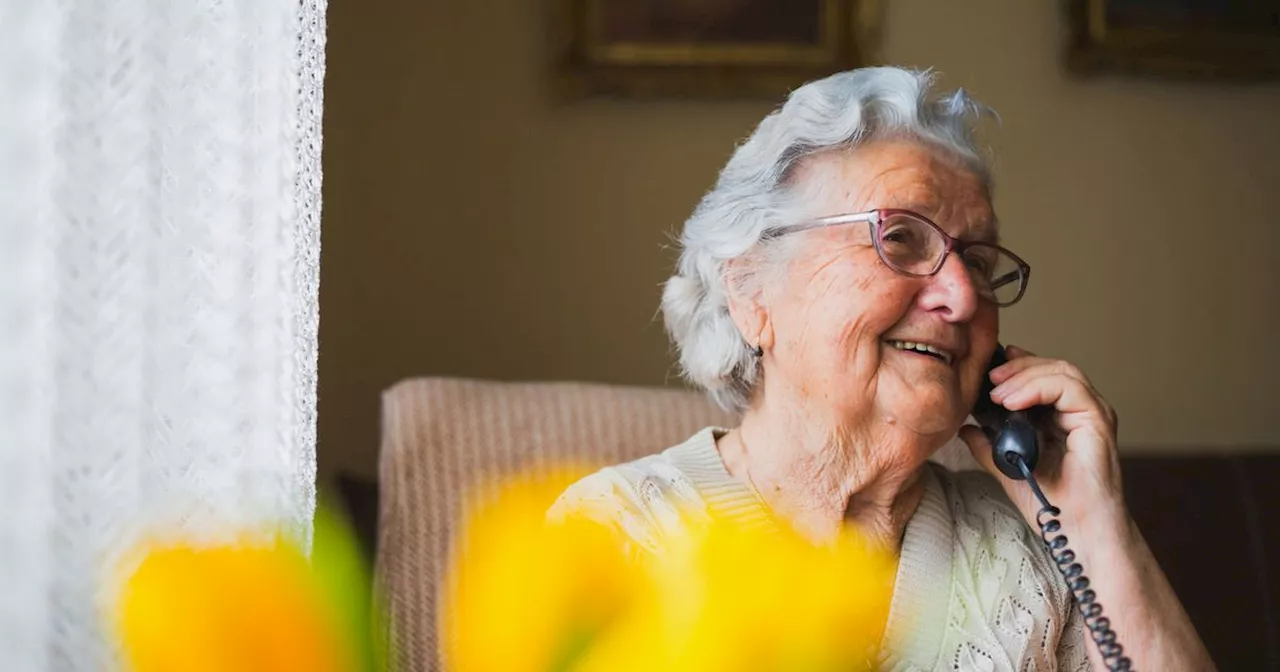Researchers from the University of Konstanz have discovered the secret of a perfect woman's body - and it might explain why Kim Kardashian and Marilyn Monroe are considered so attractive.
A new study claims to have discovered the formula for the perfect woman's body - and it isn't about the waist-to-hip ratio as many had assumed.
These findings overturn older research which assumed that a waist-to-hip ratio of 0.7 was the ideal body shape for a woman. The waist-to-hip ratio is calculated by dividing the circumference of your waist by that of your hips. Previous research has suggested that the ideal ratio for attractiveness was 0.7 for women, meaning the waist is 30 per cent smaller than the hips
However, lead author Professor Ronald Hübner argues that the waist-to-hip ratio is a poor substitute for the far more important measure of curviness. Be the first to commentBe one of the first to commentCommentsWhat do YOU think is the perfect body?Comment now The researchers say that hip-to-waist ratio does not capture the entire picture. They argue that famously attractive figures such as Marilyn Monro owe their appeal to their curves rather than their waist size
As predicted, the drawings with the hip-to-waist ratio closest to 0.7 were consistently rated as more attractive. The drawings of torsos were made using curves found in pictures of real women wearing extremely tight corsets for the most severe curves. In fact, the largest body width with a ratio of 0.7 was rated as the least attractive body type with a score of just 17.
As to why this is the case, the researchers once again suggest that curviness could be an outward sign of evolutionarily desirable traits.
United Kingdom Latest News, United Kingdom Headlines
Similar News:You can also read news stories similar to this one that we have collected from other news sources.
 Drexel University Researchers Share Tips for Combatting Caffeine DependenceA recent study from Drexel University highlights the increasing prevalence of caffeine dependence and provides practical advice on how to manage it. The article explores the symptoms of caffeine withdrawal, risk factors, and expert-recommended strategies for gradually reducing caffeine intake.
Drexel University Researchers Share Tips for Combatting Caffeine DependenceA recent study from Drexel University highlights the increasing prevalence of caffeine dependence and provides practical advice on how to manage it. The article explores the symptoms of caffeine withdrawal, risk factors, and expert-recommended strategies for gradually reducing caffeine intake.
Read more »
 Quantum computers 'like magic', say Oxford university researchersResearchers from Oxford University’s physics department are among those developing quantum computing.
Quantum computers 'like magic', say Oxford university researchersResearchers from Oxford University’s physics department are among those developing quantum computing.
Read more »
 Indiana University scientists pioneer oculomics research with NIH supportIndiana University scientists with expertise in optometry and artificial intelligence are among the first three groups of researchers to receive support from a new program from the National Institutes of Health supporting the emerging field of 'oculomics,' which uses the eye as a lens on diseases that affect the whole body.
Indiana University scientists pioneer oculomics research with NIH supportIndiana University scientists with expertise in optometry and artificial intelligence are among the first three groups of researchers to receive support from a new program from the National Institutes of Health supporting the emerging field of 'oculomics,' which uses the eye as a lens on diseases that affect the whole body.
Read more »
 Coventry University AI experts help teachers in VietnamResearchers at Coventry University launch a game to help educators in parts of rural Vietnam.
Coventry University AI experts help teachers in VietnamResearchers at Coventry University launch a game to help educators in parts of rural Vietnam.
Read more »
 The popular daily snack that could lower your risk of dementiaResearchers from the University of Castilla-La Mancha and University of Porto analysed data from more than 50,000 participants in the UK Biobank over a 16 year period
The popular daily snack that could lower your risk of dementiaResearchers from the University of Castilla-La Mancha and University of Porto analysed data from more than 50,000 participants in the UK Biobank over a 16 year period
Read more »
 British Boomer couples with degrees retire with SEVEN times more money than people who didn't go to...Researchers from the University of Bath have discovered a huge discrepancy between the amount of money people who did, and did not go to university, retire with.
British Boomer couples with degrees retire with SEVEN times more money than people who didn't go to...Researchers from the University of Bath have discovered a huge discrepancy between the amount of money people who did, and did not go to university, retire with.
Read more »
